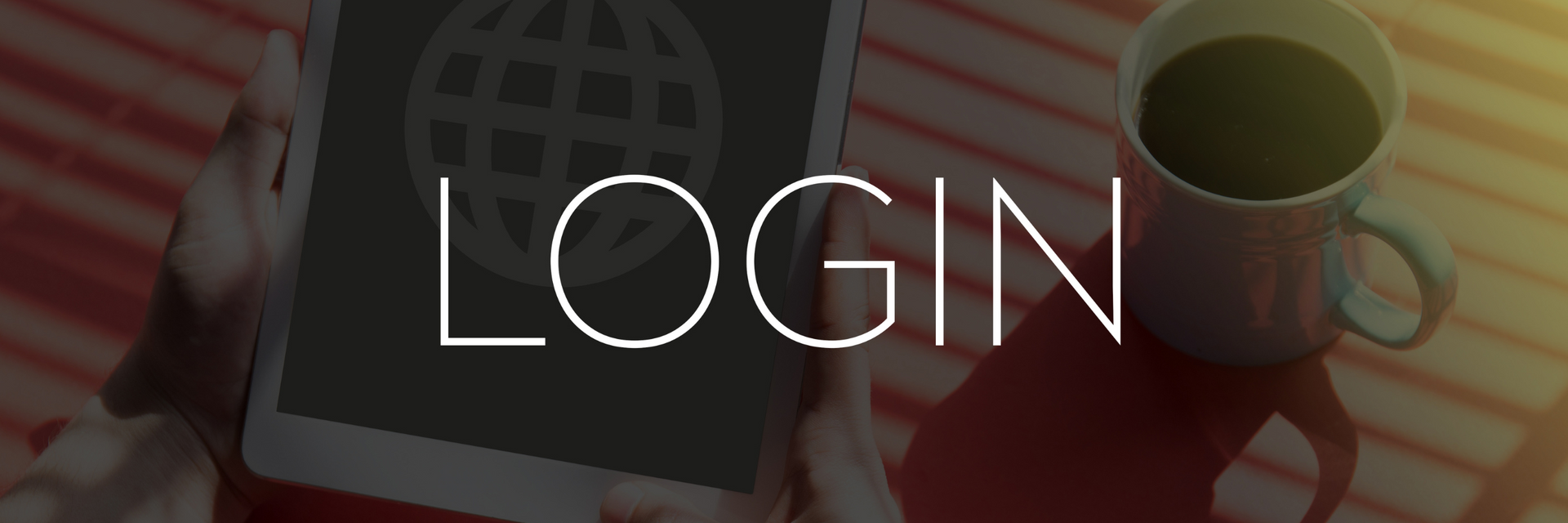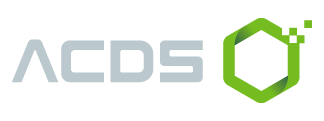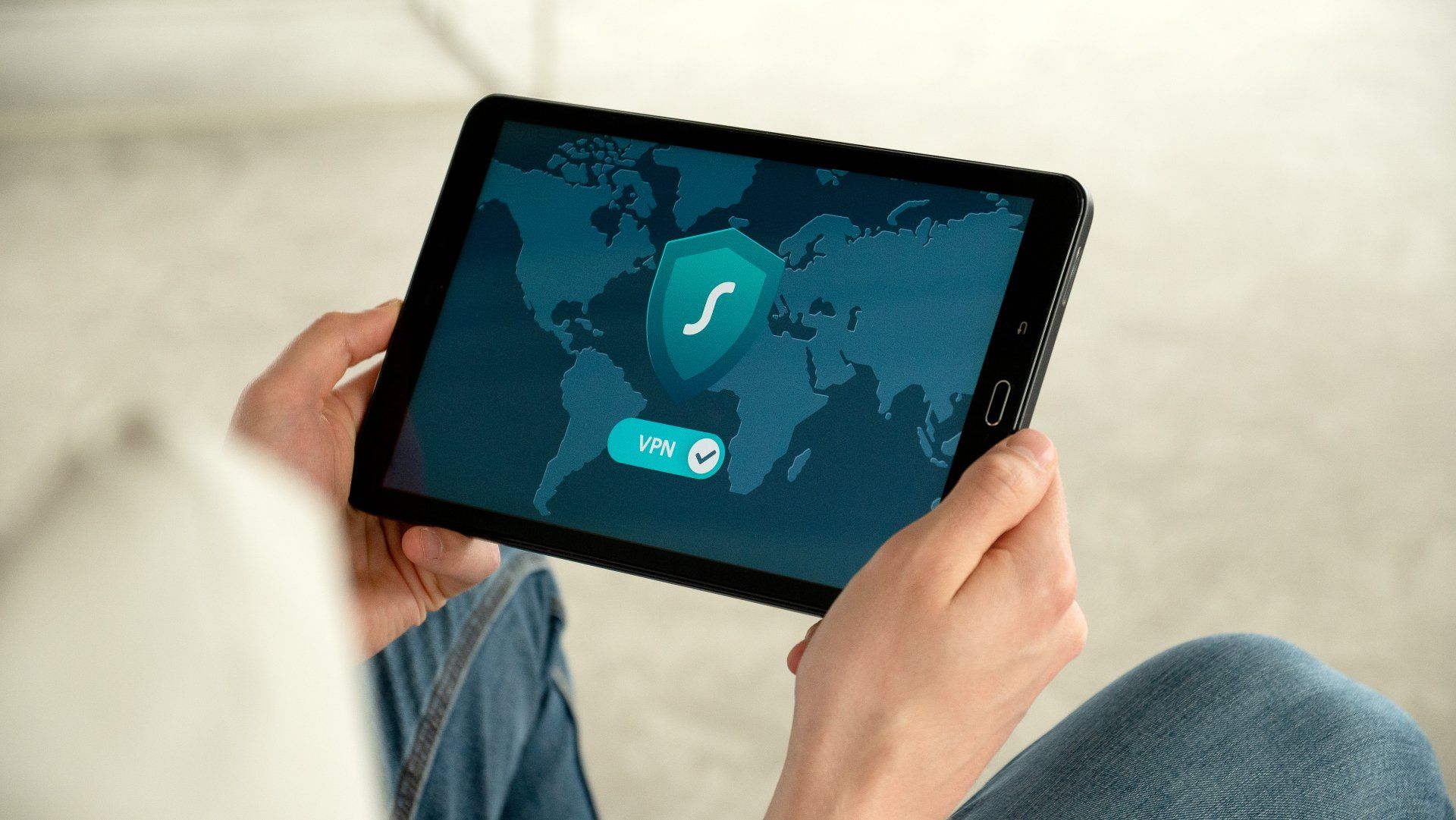Active Directory and what you need to do.
Let’s have a look at one of your company’s most important infrastructure. Active Directory. So how do we ensure we have a clean and secure AD? This will be done by conducting an AD Assessment and an AD Hygiene check. Let’s have a look at what exactly these 2 checks encumber.
Active Directory (AD) is the backbone of many organizations' IT infrastructure. It manages user access, permissions, and authentication, making it a prime target for attackers. A compromised AD can lead to disastrous consequences, including data breaches, ransomware attacks, and complete network disruption.
What is an AD Assessment?
An AD assessment is a comprehensive evaluation of your Active Directory environment. It identifies security weaknesses, misconfigurations, and potential vulnerabilities. Here's what an AD assessment typically involves:
- User account review: Identifying inactive users, excessive permissions, and orphaned accounts.
- Group policy analysis: Ensuring group policies are configured correctly and aligned with security best practices.
- Replication health check: Verifying that AD replication is functioning properly across domain controllers.
- Security configuration review: Assessing the security settings of your AD domain, including password policies, lockout thresholds, and account lockout duration.
- Vulnerability scanning: Identifying potential security vulnerabilities within your AD environment.
What are AD Hygiene Checks?
AD hygiene checks are ongoing maintenance tasks that help to keep your AD environment clean and secure. These checks should be performed monthly to ensure the continued effectiveness of your security measures. Here are some common AD hygiene checks:
- Disable inactive user accounts: Regularly disable user accounts for employees who are no longer with the company.
- Review group memberships: Ensure users only have the minimum permissions required for their job function.
- Enforce strong password policies: Implement complex password requirements and enforce regular password changes.
- Monitor for suspicious activity: Look for signs of unauthorized access attempts or other suspicious activity within your AD environment.

Regular AD assessments and monthly hygiene checks are essential for maintaining a secure network environment. By proactively identifying and addressing security weaknesses in your AD, you can significantly reduce the risk of cyberattacks and protect your valuable data. Don't wait for a security incident to happen before taking action. Schedule your AD assessment today and establish a routine for monthly hygiene checks to ensure the continued health and security of your Active Directory.



Keeping Your Company and Its Most Valuable Information Protected 24/7
quick links
Website Developed by WEBSHURE
contact
South Africa:
Tel: 087 073 9370
Email: info@acds.email
Address: Bondev Office Park, 120 Cattle Egret Road, Building B, First Floor
Zwartkop, Centurion, 0185
Portugal:
Telf:
+351 936 991 847
Rua Leões 2480-151 Porto de Mós Leiria
All Rights Reserved | ACDS | Privacy Policy | PAIA (POPI)



